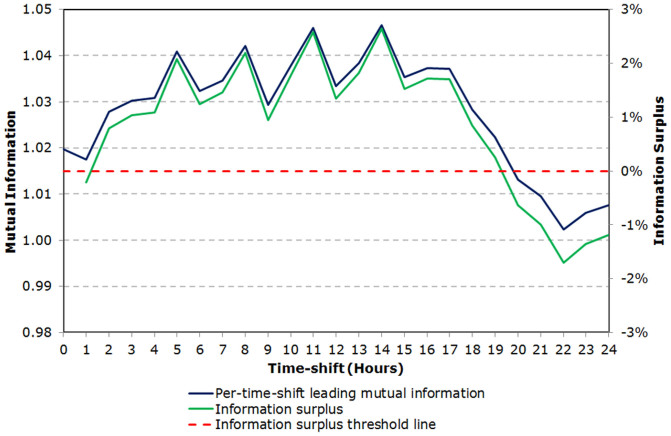Figure 4. Determining if sentiment data can lead financial data.
We use the term information surplus to denote situations when hourly changes in the sentiment data carry more information about securities' hourly returns ahead of time than at no leading time-shift. By way of example, we demonstrate the information surplus between hourly changes in the sentiment data for the Twitter Filter: “$GOOG” AND/OR “Google” and the hourly returns of Google, Inc. CFDs. For the sentiment data to be considered leading, it must demonstrate positive information surplus at time-shifts where sentiment data is offset to lead financial data. As in the example above, we admit those leading time-shifts for which the information surplus curve is above the information surplus threshold line of zero.

